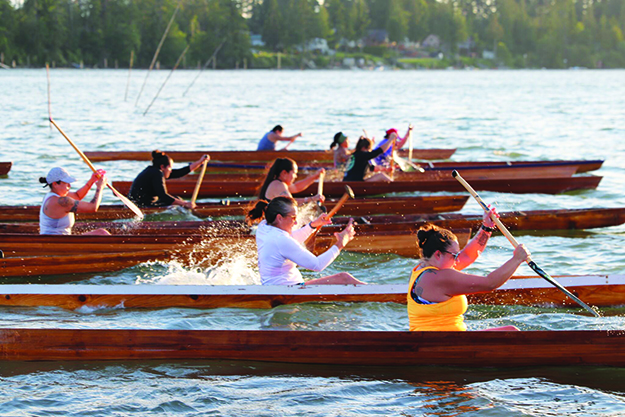
By Kalvin Valdillez, Tulalip News
The Tulalip Bay waters glistened in the sun as a number of skilled Indigenous canoe pullers sat at attention in sleek canoes, anticipating their signal to go. When the last racer reached the starting position, a loud air horn blew and they were off. From Totem Beach to Hermosa and back, the pullers swiftly moved through the waters, focusing on their timing and spacing. Several canoes were neck and neck as they made the final turn of the course and hit the last stretch. Loud cheers erupted from their families as they watched through binoculars at the bluff near Tulalip Youth Services and the Longhouse. The race ended in a close battle as the first three canoes crossed the finish line within milliseconds of each other.
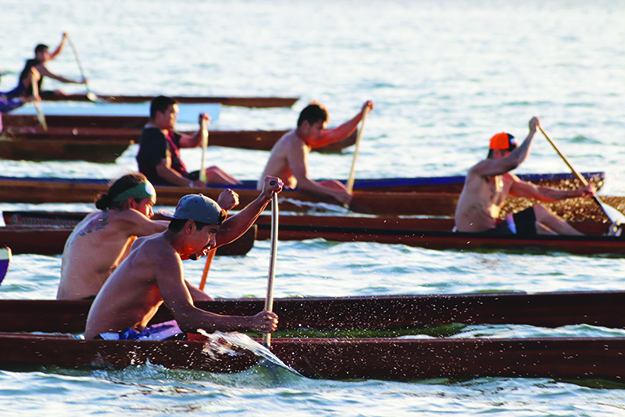
“Hell of a race,” exclaimed the first place racer as he shook the hands of the second and third place pullers. “It was a close one. It was fun though, great pulling out there!”
Over the weekend of June 8-9, several Coast Salish canoe families gathered at Tulalip Bay for the annual War Canoe Races. The popular two-day event attracts hundreds of Native pullers every year. Participants of all ages competed in a number of contests throughout the weekend including singles, doubles, 6-man and 11-man races. Many Coast Salish tribes, bands and canoe families were well represented during the event as they rapidly pulled through the Tulalip Bay waters for a chance to take home first place trophies and bragging rights until next year.
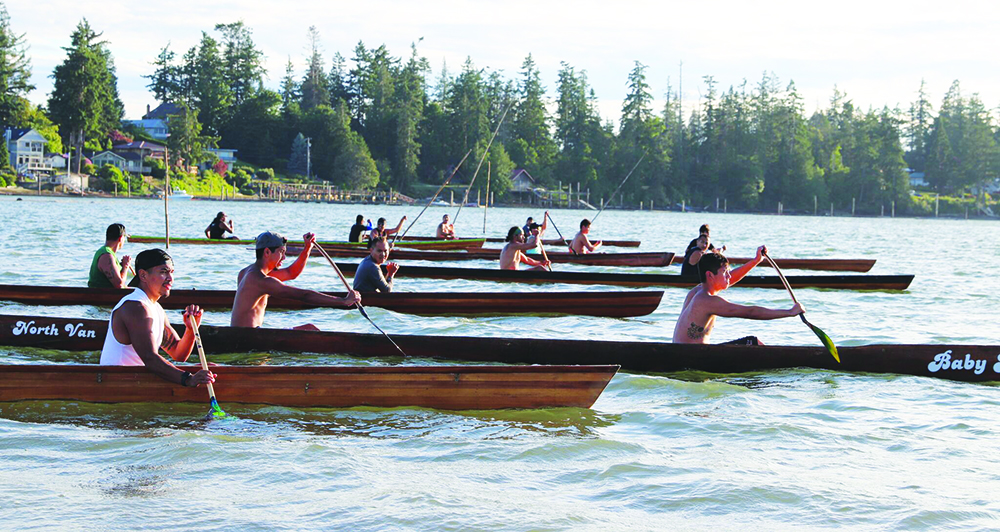
“This is our first time coming to Tulalip and it’s very peaceful here, it’s a really awesome setting,” said racer, Justin Williams. “I’ve been racing since I was a little boy because it’s been a tradition that has been carried on from great-grandfather to my grandfather to father to me, and I’m now bringing it to my children. I love the family time we’re able to spend together while racing. It’s a great event and I look forward to racing here in upcoming years.”
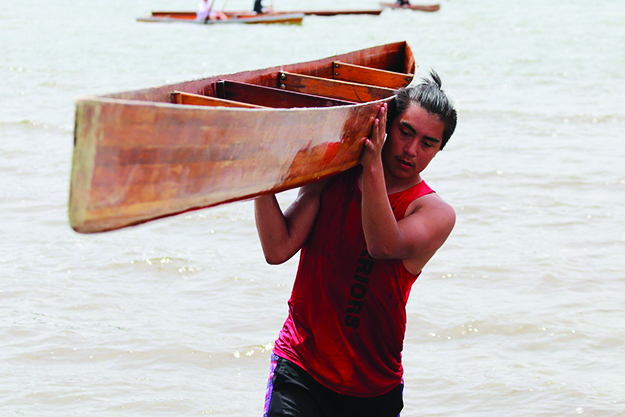
War canoes are built for speed and are much lighter and narrower compared to traditional cedar dugout canoes. As you may know, canoes are an integral piece to the Northwest Indigenous culture and were utilized to travel to gatherings as well as for fishing and whaling trips for centuries. The canoes used for racing, however, were developed during intertribal warfare as a way to raid each other’s villages. As time passed, the canoes became used for the traditional spectator sporting event that has been passed down within tribes for several generations.
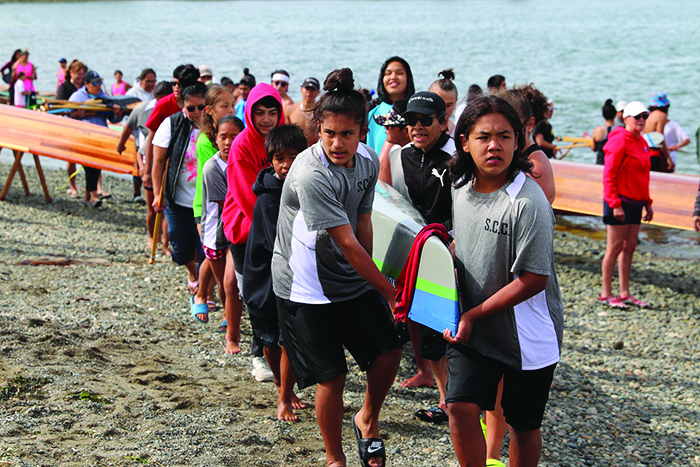
Today, canoe families travel from tribe to tribe every summer, competing in a circuit of war canoe races. The races made a return to Tulalip during the warm months of 2015 after nearly a thirty-year hiatus. Each year the event continues to garner large participation, and the bay has become a favorite course on the circuit amongst the racers.
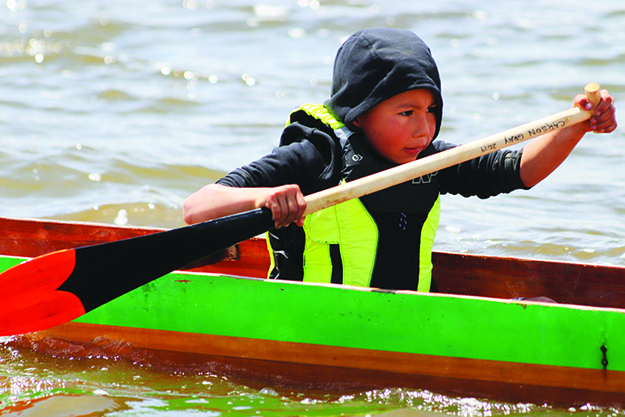
“We would like to thank the Tulalip Tribes and the race committee for hosting us year after year and inviting all the canoe families to share your beautiful bay,” stated Lona Johnson of the Rikkole Cree Canoe Club. “We paddle to uplift our families and our communities; we paddle for healing and to keep our canoe way of life alive. I think it’s important to keep our canoes on the water because it helps our people live a healthy lifestyle and gives us a healthy outlet. The number one rule is to always have fun and that’s what we strive to do; lead by example, go out and do the best we can and always have fun.”